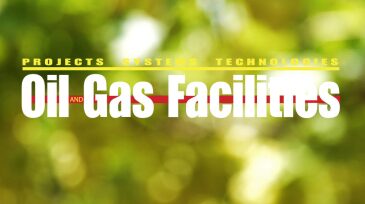case study
-
ADNOC’s authority on technology maturity describes the case studies used to test the company’s new technology qualification process.
-
A critical step in proper design and optimization of any chemical-enhanced-oil-recovery (CEOR) process is appropriate and precise numerical simulations.
-
Water production normally increases as fields mature, and two main ways exist to deal with the produced water. One is to dispose of the produced water into dedicated disposal wells. The other is to reinject the produced water for pressure maintenance or sweep efficiency.
-
This paper focuses on a numerical-modeling analysis of the acid-gas-injection (AGI) scenario in carbonate HP/HT reservoirs, and presents the way in which AGI impacts asphaltene-precipitation behavior.
-
The compact nature of offshore platforms makes the management of the exhaust from engines a concern from a health and safety standpoint. In this paper, the authors present a typical plume-impingement problem aboard an offshore platform and discuss the application of plume-cooling technology.
-
The operator has initiated a cyclic-steam-stimulation project in the Opal A diatomite of the Sisquoc formation on the Careaga lease in the Orcutt oil field in Santa Barbara County, California. This paper discusses steam-injection step-rate tests (SRTs) for this asset as part of its expansion.
-
In an effort to optimize drilling operations and economics, an operator examined the effect of adding hollow glass spheres (HGSs) directly to the drilling fluid instead of performing underbalanced drilling.
-
Telok is a gasfield development in the Malay basin offshore Terengganu, Malaysia. This paper discusses the program learnings and operational improvements captured while completing eight new wells in 2012 and 2013.
-
Data mining for production optimization in unconventional reservoirs brings together data from multiple sources with varying levels of aggregation, detail, and quality.
-
An 18-well numerical-simulation model was built to represent an operator’s Lower Shaunavon waterflood-pilot area. Numerical simulation was used, and a history match on the pilot area was performed.










